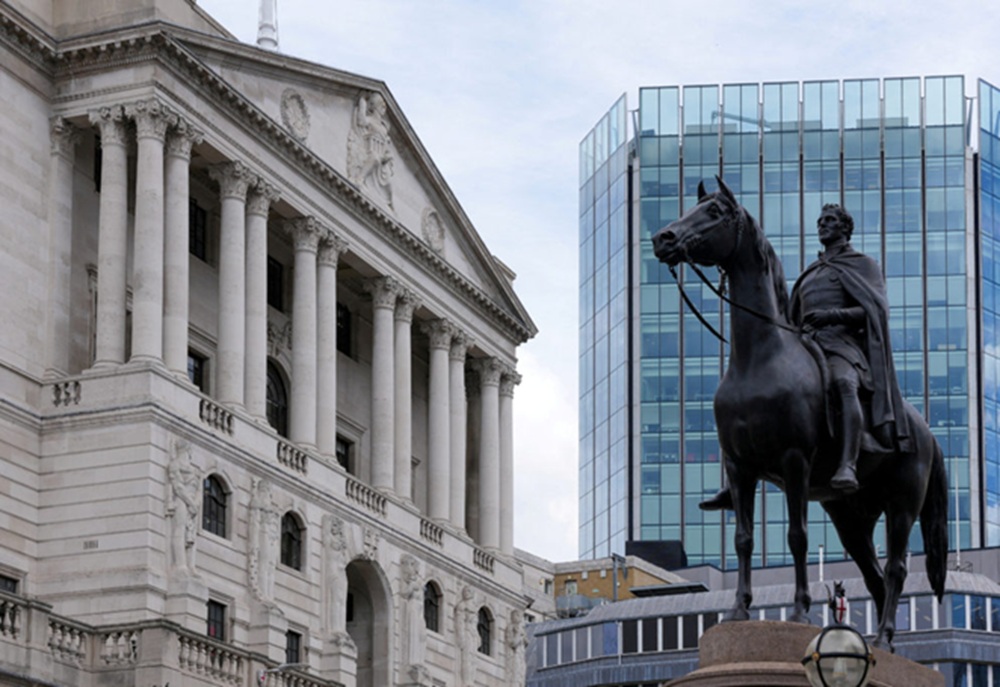Britain’s unemployment rate remained steady at 4.4% in the three months to January, according to data from the Office for National Statistics (ONS). This marks no change from the final quarter of 2024 and comes as the Bank of England (BoE) prepares to announce its interest rate decision.
The BoE is widely expected to keep borrowing costs at 4.5% amid persistent inflationary pressures, despite concerns over stagnant economic growth. The ONS also reported that average regular earnings growth stayed at 5.9% over the same period.
“With wage growth stuck in the 5.5%-6% range, we doubt the BoE will cut interest rates today,” said Ruth Gregory, deputy chief UK economist at Capital Economics.
The decision follows the US Federal Reserve’s move yesterday to keep rates unchanged, citing economic uncertainty linked to President Donald Trump’s tariff policies. The Fed maintained its key lending rate at 4.25%-4.50%, revised its growth forecast downward, and raised its inflation outlook, though it still expects two rate cuts this year.
Meanwhile, the Bank of Japan also held rates steady, warning of economic risks, in contrast to the European Central Bank (ECB), which cut borrowing costs earlier this month to stimulate the struggling eurozone economy. However, the ECB signaled that further easing may be limited due to rising economic uncertainty and Germany’s planned large-scale spending on defence and infrastructure, which could drive inflation.
In Britain, the BoE last month halved its GDP growth forecast for 2025, citing global risks, including US tariff threats and weakening business confidence. The central bank had previously cut interest rates by a quarter point in February—its third such reduction in six months—offering slight relief to the UK government as it grapples with tight public finances.
Prime Minister Keir Starmer’s Labour government this week announced controversial cuts to disability welfare payments, aiming to save over £5 billion (US$6.5 billion) by 2030 to stabilise Treasury finances.




